Position of a Point with Respect to a Circle
We will learn how to find the position of a point with respect to a circle.
A point (x1, y1) lies outside, on or inside a circle S = x2 + y2 + 2gx + 2fy + c = 0 according as S1 > = or <0, where S1 = x12 + y12 + 2gx1 + 2fy1 + c.
Let P (x1, y1) be a given point, C (-g , -f) be the centre and a be the radius of the given circle.
We need to find the position of the point P (x1, y1) with respect to the circle S = x2 + y2 + 2gx + 2fy + c = 0.
Now, CP = √(x1+g)2+(y1+f)2
Therefore, the point
(i) P lies outside the circle x2 + y2 + 2gx + 2fy + c = 0 if CP > the radius of the circle.
i.e., √(x1+g)2+(y1+f)2 > √g2+f2−c
⇒ (x1+g)2+(y1+f)2 > g2 + f2 - c
⇒ x12 + 2gx1 + g2 + y12 + 2fy1 + f2 > g2 + f2 – c
⇒ x12 + y12 + 2gx1 + 2fy1 + c > 0
⇒ S1 > 0, where S1 = x12 + y12 + 2gx1 + 2fy1 + c.
(ii) P lies on the circle x2 + y2 + 2gx + 2fy + c = 0 if CP = 0.
i.e., √(x1+g)2+(y1+f)2 = √g2+f2−c
⇒ (x1+g)2+(y1+f)2 = g2 + f2 - c
⇒ x12 + 2gx1 + g2 + y12 + 2fy1 + f2 = g2 + f2 – c
⇒ x12 + y12 + 2gx1 + 2fy1 + c = 0
⇒ S1 = 0, where S1 = x12 + y12 + 2gx1 + 2fy1 + c.
(iii) P lies inside the circle x2 + y2 + 2gx + 2fy + c = 0 if CP < the radius of the circle.
i.e., √(x1+g)2+(y1+f)2 < √g2+f2−c
⇒ (x1+g)2+(y1+f)2 < g2 + f2 - c
⇒ x12 + 2gx1 + g2 + y12 + 2fy1 + f2 < g2 + f2 – c
⇒ x12 + y12 + 2gx1 + 2fy1 + c < 0
⇒ S1 < 0, where S1 = x12 + y12 + 2gx1 + 2fy1 + c.
Again, if the equation of the given circle be (x - h)2 + (y
- k)2 = a2 then the coordinates of the centre C (h, k) and the radius of the circle
= a
We need to find the position of the point P (x1, y1) with respect to the circle (x - h)2 + (y - k)2= a2.
Therefore, the point
(i) P lies outside the circle (x - h)2 + (y - k)2 = a2 if CP > the radius of the circle
i.e., CP > a
⇒ CP2 > a2
⇒ (x1 - h)2 + (y1 - k)2 > a2
(ii) P lies on the circle (x - h)2 + (y - k)2 = a2 if CP = the radius of the circle
i.e., CP = a
⇒ CP2 = a2
⇒ (x1 - h)2 + (y1 - k)2 = a2
(iii) P lies inside the circle (x - h)2 + (y - k)2 = a2 if CP < the radius of the circle
i.e., CP < a
⇒ CP2 < a2
⇒ (x1 - h)2 + (y1 - k)2 < a2
Solved examples to find the position of a point with respect to a given circle:
1. Prove that the point (1, - 1) lies within the circle x2 + y2 - 4x + 6y + 4 = 0, whereas the point (-1, 2) is outside the circle.
Solution:
We have x2 + y2 - 4x + 6y + 4 = 0 ⇒ S = 0, where S = x2 + y2 - 4x + 6y + 4
For the point (1, -1), we have S1 = 12 + (-1)2 - 4 ∙1 + 6 ∙ (- 1) + 4 = 1 + 1 - 4 - 6 + 4 = - 4 < 0
For the point (-1, 2), we have S1 = (- 1 )2 + 22 - 4 ∙ (-1) + 6 ∙ 2 + 4 = 1 + 4 + 4 + 12 + 4 = 25 > 0
Therefore, the point (1, -1) lies inside the circle whereas (-1, 2) lies outside the circle.
2. Discuss the position of the points (0, 2) and (- 1, - 3) with respect to the circle x2 + y2 - 4x + 6y + 4 = 0.
Solution:
We have x2 + y2 - 4x + 6y + 4 = 0 ⇒ S = 0 where S = x2 + y2 - 4x + 6y + 4
For the point (0, 2):
Putting x = 0 and y = 2 in the expression x2 + y2 - 4x + 6y + 4 we have,
S1 = 02 + 22 - 4 ∙ 0 + 6 ∙ 2 + 4 = 0 + 4 – 0 + 12 + 4 = 20, which is positive.
Therefore, the point (0, 2) lies within the given circle.
For the point (- 1, - 3):
Putting x = -1 and y = -3 in the expression x2 + y2 - 4x + 6y + 4 we have,
S1 = (- 1)2 + (- 3)2 - 4 ∙ (- 1) + 6 ∙ (- 3) + 4 = 1 + 9 + 4 - 18 + 4 = 18 - 18 = 0.
Therefore, the point (- 1, - 3) lies on the given circle.
● The Circle
- Definition of Circle
- Equation of a Circle
- General Form of the Equation of a Circle
- General Equation of Second Degree Represents a Circle
- Centre of the Circle Coincides with the Origin
- Circle Passes through the Origin
- Circle Touches x-axis
- Circle Touches y-axis
- Circle Touches both x-axis and y-axis
- Centre of the Circle on x-axis
- Centre of the Circle on y-axis
- Circle Passes through the Origin and Centre Lies on x-axis
- Circle Passes through the Origin and Centre Lies on y-axis
- Equation of a Circle when Line Segment Joining Two Given Points is a Diameter
- Equations of Concentric Circles
- Circle Passing Through Three Given Points
- Circle Through the Intersection of Two Circles
- Equation of the Common Chord of Two Circles
- Position of a Point with Respect to a Circle
- Intercepts on the Axes made by a Circle
- Circle Formulae
- Problems on Circle
11 and 12 Grade Math
From Position of a Point with Respect to a Circle to HOME PAGE
Didn't find what you were looking for? Or want to know more information about Math Only Math. Use this Google Search to find what you need.
Recent Articles
-
Converting Fractions to Decimals | Solved Examples | Free Worksheet
Apr 28, 25 01:43 AM
In converting fractions to decimals, we know that decimals are fractions with denominators 10, 100, 1000 etc. In order to convert other fractions into decimals, we follow the following steps: -
Expanded Form of a Number | Writing Numbers in Expanded Form | Values
Apr 27, 25 10:13 AM
We know that the number written as sum of the place-values of its digits is called the expanded form of a number. In expanded form of a number, the number is shown according to the place values of its… -
Converting Decimals to Fractions | Solved Examples | Free Worksheet
Apr 26, 25 04:56 PM
In converting decimals to fractions, we know that a decimal can always be converted into a fraction by using the following steps: Step I: Obtain the decimal. Step II: Remove the decimal points from th… -
Worksheet on Decimal Numbers | Decimals Number Concepts | Answers
Apr 26, 25 03:48 PM
Practice different types of math questions given in the worksheet on decimal numbers, these math problems will help the students to review decimals number concepts. -
Multiplication Table of 4 |Read and Write the Table of 4|4 Times Table
Apr 26, 25 01:00 PM
Repeated addition by 4’s means the multiplication table of 4. (i) When 5 candle-stands having four candles each. By repeated addition we can show 4 + 4 + 4 + 4 + 4 = 20 Then, four 5 times
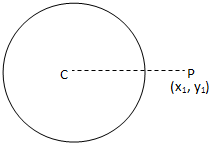
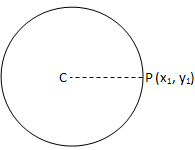
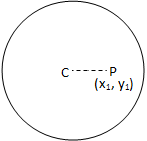

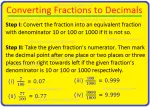

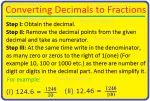
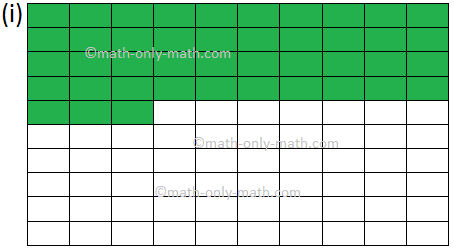
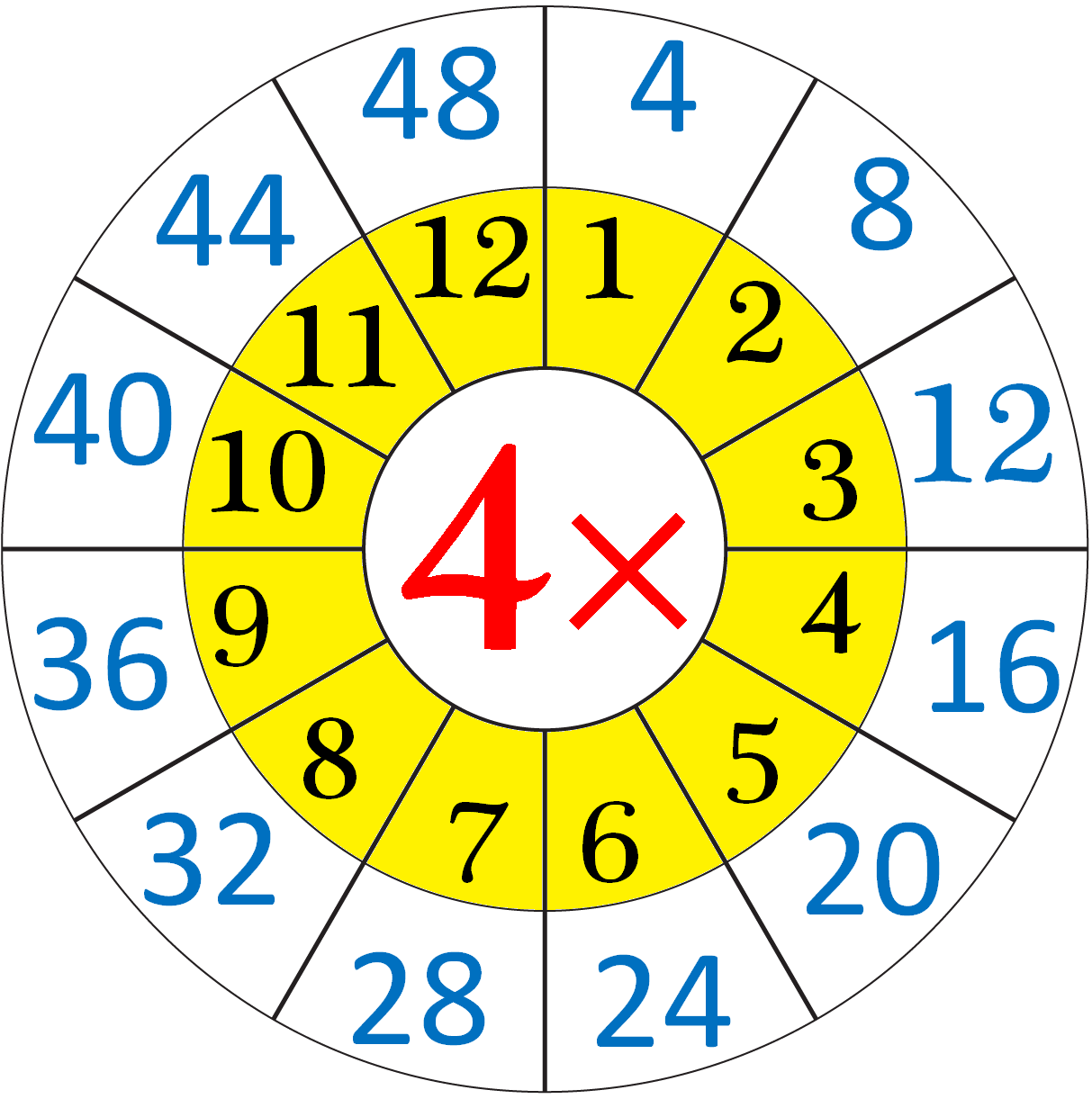
New! Comments
Have your say about what you just read! Leave me a comment in the box below. Ask a Question or Answer a Question.